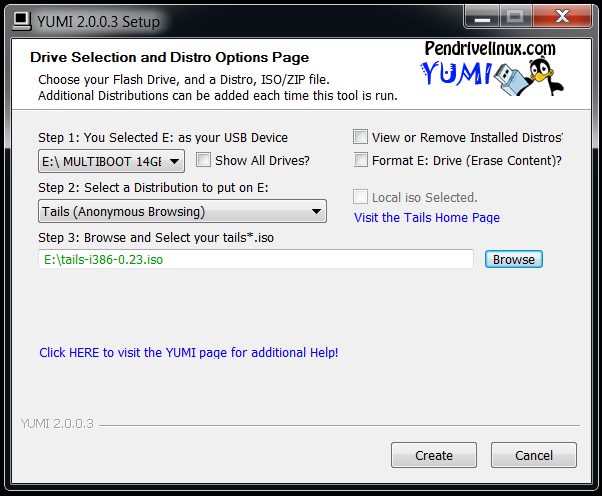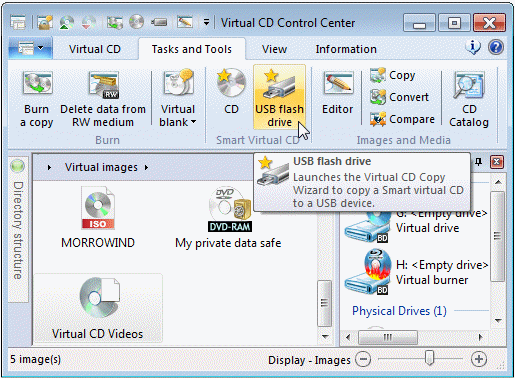The VirtualHere USB Client runs on Windows, OSX, Linux and Android. The client was created to be intuitive and extremely easy to use. The client needs to be run on any machine that wants to use USB devices shared by the VirtualHere USB Server.
Simply click the link below, save the downloaded file to the Desktop, and run. For advanced users, the client can run as a service, and is controllable using an API and supports SSL
Feb 16, 2011 Where do I start if I want to create a virtual USB device (for example, a virtual USB mouse which looks like a real USB mouse attached to a USB port) for testing/learning. So far what I understand is the HIDClass driver (hidclass.sys) has a minidriver for the usb bus (hidusb.sys) that carries out the enumeration of attached USB hardware.
The software will automatically find USB devices shared by VirtualHere USB Servers on the network. Available USB devices will be displayed in a tree. Right click on the device you want to use and select Use. It will then appear to be directly connected to your machine and can be used just like a local device!

Windows:
OSX:
Linux:
Please click on a link below to download: Version 5.2.0 (Changes) (SHA1SUM)
Create a Virtual USB disk drive and connect it to Virtual BoxHelpful? Please support me on Patreon: thanks & prais. Now in the new window, you can configure all the mount options. Source can select the source. For example, screwed or RAM image virtual drives. But we need a USB virtual flash drive, and to make one, you need to specify the path with a specific format. Now that Virtualbox is in your removable drive, you can easily create a virtual hard disk and install any operating system such as Windows XP, Windows Vista, Linux etc. Start the virtual Box program and you can create a virtual hard disk. Save this hard disk in your removable drive as you would be using it from the USB drive only.
WINDOWS:
VirtualHere Client for Windows (32-bit, Win10/Server2012R2 or later)
VirtualHere Client for Windows (64-Bit Win10/Server2012R2 or later)
VirtualHere Client for Windows ARM64 (Win 10 on ARM64)
Virtual Usb Flash Drive Emulator

OSX:
VirtualHere Client for OSX 10.9.5 / 10.10 / 10.12 / 10.13 / 10.14* / 10.15* / Not 11 ( * support for some USB devices)
LINUX GUI:
Creating A Virtual Usb Drive
VirtualHere USB Client for Linux uses the built-in Linux usbip driver. (It is recommended to use the latest kernel (4.9+) for maximum compatibility)
Most linux versions have this compiled and enabled, if not see here.
If you want to run the VirtualHere USB Client for Linux with a Graphical User Interface (GUI) choose from the following clients:
VirtualHere Client for Linux (i386)
VirtualHere Client for Linux (amd64)
VirtualHere Client for Linux (armv7-a)
LINUX AND ANDROID CONSOLE MODE:
If you want to run VirtualHere USB Client for Linux in console only mode, choose from the following files
Because the console client is 100% statically compiled and requires no runtimes it will run in any edition of Linux AND ANDROID that has usbip compiled in.
Virtual Usb Driver
See here for how to use the console client
Virtual Usb Drive Emulator
VirtualHere USB Console Client for Linux (amd64)
VirtualHere USB Console Client for Linux (i386)
VirtualHere USB Console Client for Linux (armhf)
VirtualHere USB Console Client for Linux (aarch64)
VirtualHere USB Console Client for Linux (mipsel)